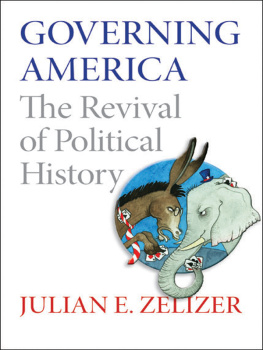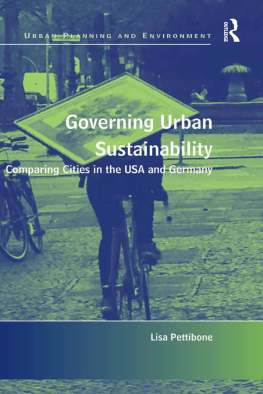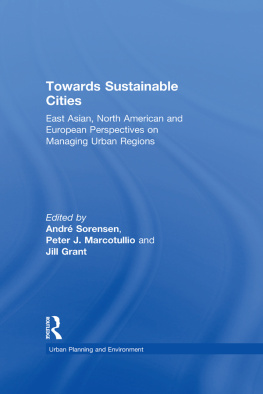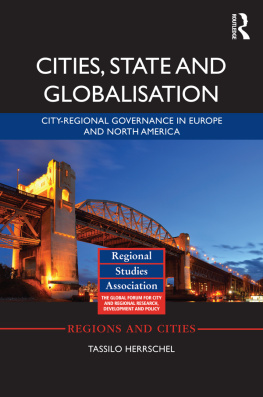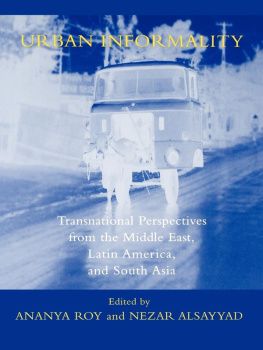GOVERNING URBAN REGIONS THROUGH COLLABORATION
With the demise of the Old Regionalist project of achieving good regional governance through amalgamation, voluntary collaboration has become the modus operandi of a large number of North American metropolitan regions. Although many researchers have become interested in regional collaboration and its determinants, few have specifically studied its outcomes. This book contributes to filling this gap by critically re-evaluating the fundamental premise of the New Regionalism, which is that regional problems can be solved without regional/higher government. In particular, this research asks: to what extent does regional collaboration have a significant independent influence on the determinants of regional resilience? Using a comparative (CanadaUS) mixed-method approach, with detailed case studies of the San Francisco Bay Area, the Greater Montreal and trans-national NiagaraBuffalo regions, the book examines the direct and indirect impacts of inter-local collaboration on policy and policy outcomes at the regional and state/provincial levels. The book concentrates on the effects of bottom-up, state-mandated and functional collaboration and the moderating role of regional awareness, higher governmental initiative and civic capital on three outcomes: environmental preservation, socio-economic integration and economic competitiveness. In short, the book seeks to highlight those conditions that favor collaboration and might help avoid the collaborative trap of collaboration for its own sake.
Global Urban Studies
Series Editor:
Laura A. Reese, Michigan State University, USA
Providing cutting edge interdisciplinary research on spatial, political, cultural and economic processes and issues in urban areas across the US and the world, volumes in this series examine the global processes that impact and unite urban areas. The organizing theme of the book series is the reality that behavior within and between cities and urban regions must be understood in a larger domestic and international context. An explicitly comparative approach to understanding urban issues and problems allows scholars and students to consider and analyze new ways in which urban areas across different societies and within the same society interact with each other and address a common set of challenges or issues.
Books in the series cover topics which are common to urban areas globally, yet illustrate the similarities and differences in conditions, approaches, and solutions across the world, such as environment/brownfields, sustainability, health, economic development, culture, governance and national security. In short, the Global Urban Studies book series takes an interdisciplinary approach to emergent urban issues using a global or comparative perspective.
Governing Urban Regions Through Collaboration
A View from North America
JOL THIBERT
Urban Planner and PhD, Canada
First published 2015 by Ashgate Publishing
Published 2016 by Routledge
2 Park Squre, Milton Park, Abingdon, Oxon OX14 4RN
711 Third Avenue, New York, NY 10017, USA
Routledge is an imprint of the Taylor & Francis Group, an informa business
Copyright Jol Thibert 2015
Jol Thibert has asserted his right under the Copyright, Designs and Patents Act, 1988, to be identified as the author of this work.
All rights reserved. No part of this book may be reprinted or reproduced or utilised in any form or by any electronic, mechanical, or other means, now known or hereafter invented, including photocopying and recording, or in any information storage or retrieval system, without permission in writing from the publishers.
Notice:
Product or corporate names may be trademarks or registered trademarks, and are used only for identification and explanation without intent to infringe.
British Library Cataloguing in Publication Data
A catalogue record for this book is available from the British Library
The Library of Congress has cataloged the printed edition as follows:
The Library of Congress Cataloging-in-Publication Data has been applied for.
ISBN 9781472435590 (hbk)
Contents
List of Figures
List of Tables
Acknowledgements
I would first like to acknowledge the financial support I received from the Trudeau Foundation, the Social Sciences and Humanities Research Council of Canada (SSHRC) and Princeton University. I would also like to acknowledge the guidance I received throughout this project from Alison Isenberg, Douglas Massey, Jameson W. Doig, whose intellectual and personal mentorship has proved invaluable and from my wife, Stphanie, who was the one to convince me to undertake this endeavor in the first place.
I would like to express my heartfelt gratitude toward the research assistants who have helped me walk the last mile: Sarah Kraemer, whose did the last round of editing and proofreading; Lindsay Wiginton and Amy Buitenhuis, who greatly contributed to connecting the disarrayed pieces of the Niagara case study; and Kat Snukal, who gave me her help on the eve of submitting the manuscript.
Finally, I would like to personally thank all the women and the men who agreed to tell me about their region, city or story, as this research is built upon and made up of their words, memories and insights. Among their contributions, I would like to underscore those of Peter Lydon, Ceil Scandone, Will Travis, Joseph Bodovitz Andr Gamache, Hubert Simard, Yves Ryan and Andr Chabot, all of whom showed great patience and great generosity in walking me through the important events of the history of their region.
Foreword
Jol Thibert has taken on a large and important task in this book. He seeks to understand how complex urban regions can be more effectively governed, looking especially at important problems in three areaseconomic development, environmental concerns, and segregation of the poor from wealthier citizens. He describes the widespread view that voluntary local action is the best way to achieve better collaboration and more effective results in these policy arenas. And he challenges that view as inadequateif American and Canadian societies are to thrive.
Thibert examines in depth the patterns of regional activities in these two nationsincluding both voluntary local collaboration and action by municipal and other governmental bodiesand he explores the conditions under which collaborative efforts of various kinds can make a positive difference. His analysis includes a sophisticated and innovative use of quantitative materials as well as close examination of collaborative efforts that have failed and those that have succeeded in the San Francisco Bay Area, Greater Montreal, and two smaller urban regions. If collaborative efforts are to make a significant difference in regional living conditions, he argues, a variety of important conditions must be met; notably, a diversity of stakeholders must be included, and there must be at least a few civic entrepreneurs who can tap into networks of potential activists. Moreover, while local citizens and local governments can have important roles in meeting regional goals in such fields as the environment, authoritative action by state and provincial legislatures is often crucial in bringing actual policy changesfor example in reducing air pollution and income segregation. Thibert describes the crucial role of the State of California in supporting and enhancing regional efforts in the environmental field.



